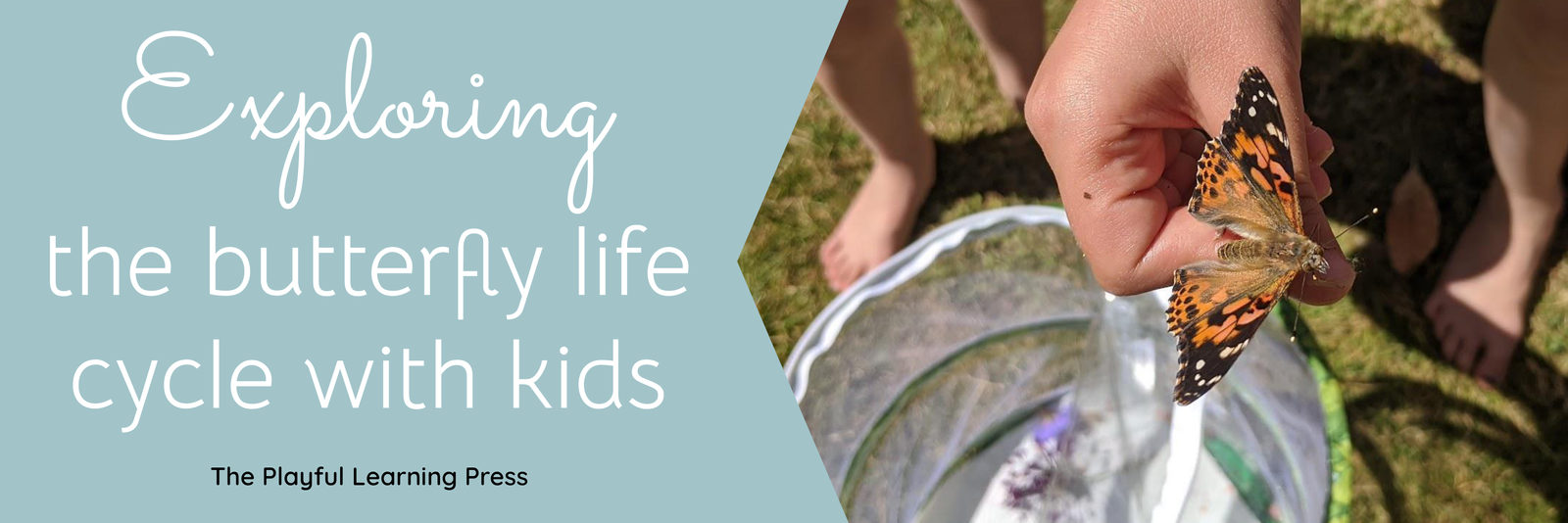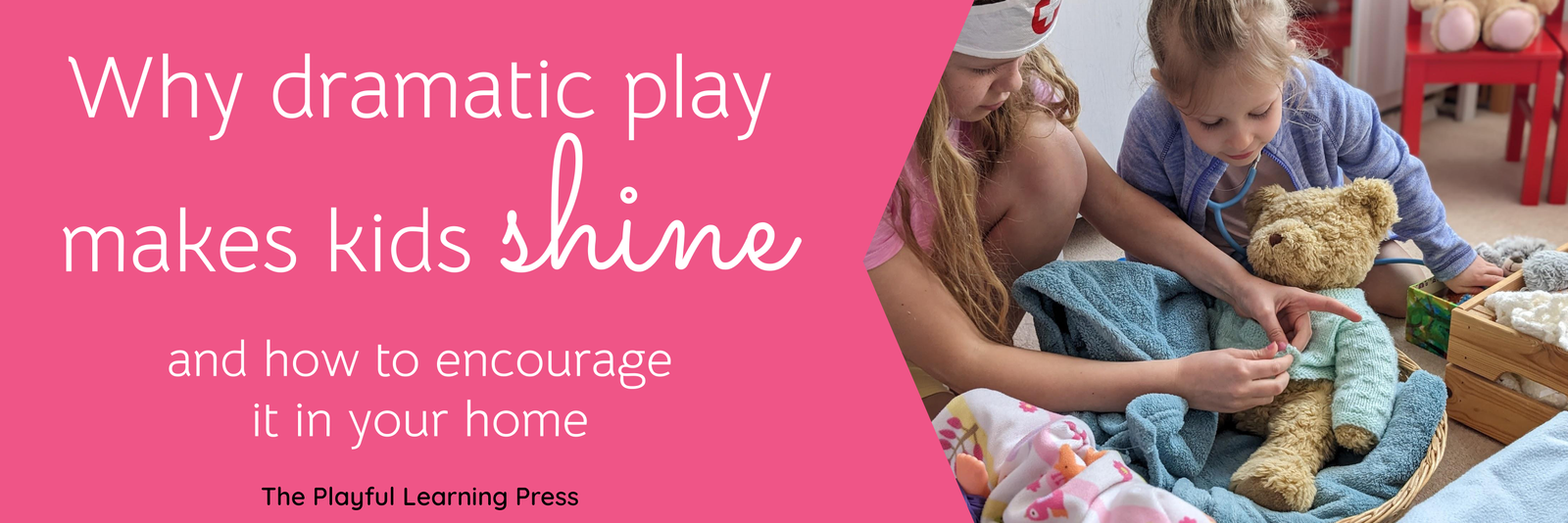Imagine the buzz of anticipation as your children gather around a small container; inside, five tiny caterpillars inch along. As the days pass, the children eagerly observe the transformations unfolding before their eyes. They watch in awe as the caterpillars form chrysalises. And then, the moment they’ve been waiting for arrives—the emergence of butterflies! In this magical moment, the children witness nature’s breathtaking metamorphosis, igniting a lifelong passion for exploration and discovery.
The marvel of metamorphosis
Metamorphosis is a captivating process of transformation seen in many species of insects, including butterflies. In the case of butterflies, their journey begins with an egg, laid by an adult butterfly on a suitable host plant. From this egg hatches a tiny caterpillar, whose sole purpose is to eat and grow. As the caterpillar grows, it sheds its skin multiple times. Eventually, it enters the pupal stage, where it encases itself in a chrysalis. Inside this protective shell, the caterpillar undergoes a remarkable transformation. Finally, the fully-formed butterfly emerges from the chrysalis, ready to take flight and continue the cycle anew.
The joy of discovery
Witnessing the butterfly life cycle firsthand is an experience that leaves an indelible mark, not just on children, but on us grown-ups too! When the girls and I nurture painted lady caterpillars into butterflies, each day brings with it a sense of anticipation and wonder as we observe the remarkable growth and transformation of our tiny companions.
But it is always the culmination of the journey that takes our breath away—the moment when those delicate chrysalises appear, signaling the imminent emergence of our butterflies. And when the time finally comes for them to spread their wings and take flight, it is an experience filled with awe and excitement. I remember the very first time we grew caterpillars into butterflies, my daughters were absolutely enthralled, eagerly feeding the newly emerged butterflies and letting them gently rest on their hands.
How cool is it that we can witness such an amazing transformation right in our own backyard?
Learning through observation
Engaging young learners in the observation of the butterfly life cycle offers many educational benefits that extend far beyond the classroom walls. By immersing children in the wonder of watching caterpillars transform into butterflies, we can ignite a lifelong passion for science and exploration. Hands-on observation provides young minds with tangible experiences that deepen their understanding of biological processes. By connecting science education to real-world experiences, such as observing the metamorphosis of butterflies, we as educators have the unique opportunity to instill in children a sense of wonder and appreciation for the natural world. These experiences ultimately cultivate a lifelong love of learning and discovery in young minds.
Creating a butterfly habitat
Creating a butterfly-friendly environment in your backyard or outdoor classroom is not only beneficial for the butterflies themselves but also provides an enriching educational experience for children. Here are some tips to help you get started:
Choose butterfly-friendly plants: Plant a variety of nectar-rich flowers to attract butterflies to your outdoor space. Opt for native plants whenever possible, as they are well-suited to the local climate and provide essential resources for butterflies throughout their life cycle. Some popular choices include coneflowers, asters, lavender and buddleia.
Provide host plants: In addition to nectar plants, incorporate host plants into your garden that caterpillars can feed on. Different butterfly species have specific host plant preferences, so research which plants are suitable for the butterflies in your area.
Provide shelter: Butterflies need sheltered areas to roost and escape from predators. Planting shrubs or installing butterfly houses can provide sheltered resting spots for butterflies in your garden or outdoor space.
Provide water: Butterflies need access to water for drinking and puddling. Create a shallow dish filled with water and sand or mud for butterflies to sip from. Adding a few rocks or pebbles to the dish provides perching spots for butterflies.
Activities and resources
We always get our caterpillars from Insect Lore. We also got our pop-up butterfly habitat from them, which is great because it squashes down small for storage then you can reuse it every year.
A variety of activities and resources are available for teaching about the life cycle of a butterfly. Worksheets provide children with opportunities to reinforce their learning through activities such as labeling life cycle stages, completing fill-in-the-blank exercises, and matching pictures to corresponding stages. Journals are a fantastic way for children to document their observations and reflections throughout the butterfly life cycle. From recording daily changes in caterpillars to sketching the emergence of butterflies from their chrysalises, journals encourage active participation and critical thinking. I put together this butterfly life cycle resource with observation journal back in 2020 when we got our first little pot of caterpillars!
Books are always a fantastic way to enrich children’s exploration of any topic. These are a few of our favorite butterfly books:
- A Butterfly Is Patient by Dianna Hutts Aston
- Caterpillar Butterfly by Vivian French
- Where Butterflies Grow by Joanne Ryder
- National Geographic Readers: Caterpillar to Butterfly by Laura Marsh
- Caterpillars and Butterflies (Usborne Beginners) by Stephanie Turnbull
Encouraging curiosity and wonder
Fostering curiosity and wonder in children is so crucial to their development as lifelong learners and stewards of the natural world. Encouraging children to ask questions and explore their surroundings ignites their innate sense of wonder and fuels a passion for discovery. Create an environment that fosters exploration and inquiry, providing opportunities for hands-on learning experiences and open-ended exploration. Additionally, modeling curiosity and demonstrating a genuine interest in the world around them can inspire children to ask questions and seek answers.
Let’s take a moment to revisit the sheer magic and breathtaking beauty of the butterfly life cycle! It’s truly a wonder to behold, isn’t it? So will you be diving into your own butterfly adventures with the little ones in your life? Whether you’re at home (like me and my girls) or in the classroom, don’t forget to check out our butterfly life cycle resource! Packed with engaging activities and fascinating insights, it’s the perfect companion for exploring the enchanting world of butterflies.
Will you be ordering caterpillars this year? We’ll be getting our caterpillars in the post very soon; if you decide to order some, we’d love to see how your caterpillars get on, you can join me over on Instagram and we can compare progress!
Happy hands-on learning!
Jess xo









